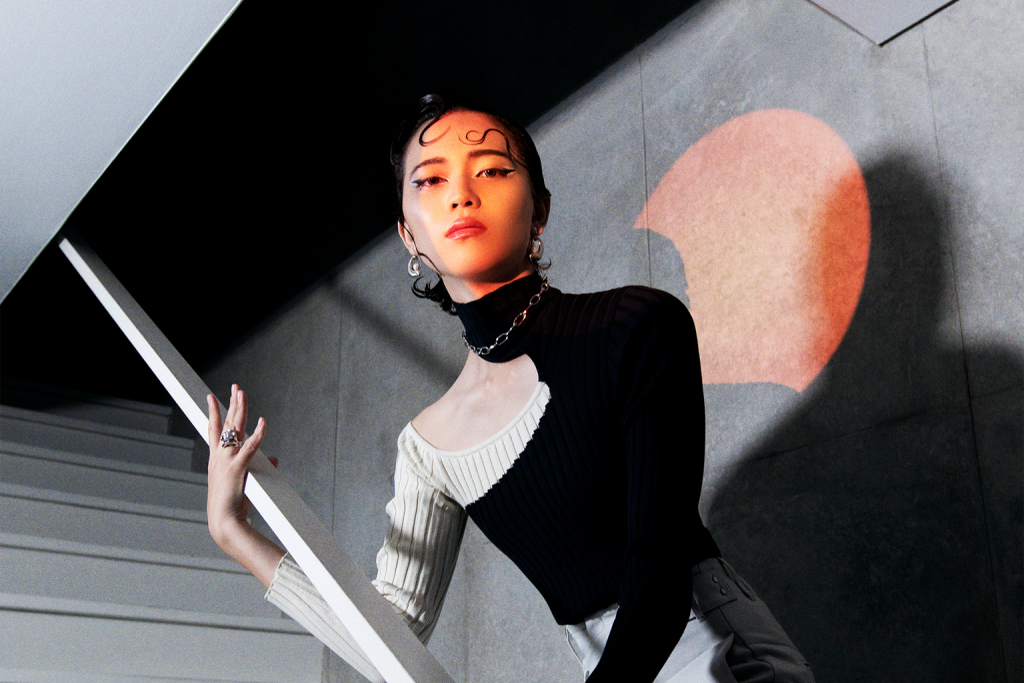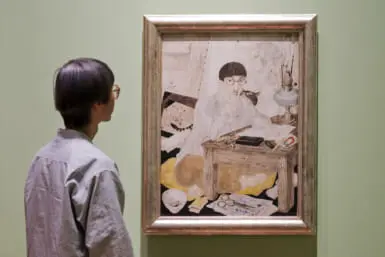Beauty contestant. Model. Architect. Activist. Son, and daughter. Twenty-nine-year-old Sari Kaede has worn many hats in her life.
Featured in Taiki Sugioka’s 2020 documentary You Decide (Musuko no Mama de, Joshi ni Naru) as a newly transitioned transgender woman, Kaede gave a face and a human narrative to the trans experience. Throughout her journey, she has shown society that an openly trans woman can attain a master’s, join a major company and find fulfillment in white-collar work.
Carving out space in her busy schedule, Kaede Skypes me one morning. As I had served as the English-to-Japanese translator for You Decide, Kaede’s face on the screen is a familiar sight. Having her speaking directly to me, however, is exhilarating. Beginning with her early trans experience to her work today, we discuss the whirlwind life events of this emerging icon.
Becoming Sari
The world Kaede grew up in was different from the world she is making today, she tells me.
“The first time I realized I had gender was when I was 7 years old,” she says. “The first day of elementary school, they gave boys and girls textbooks in different colors, blue and red. I strongly realized the gender divide, and I knew I didn’t want to be among the boys,” she says. “Growing up, I knew words like ‘new half’ and ‘okama,’ which stood for comical, cross-dressing people and didn’t feel like me at all.”
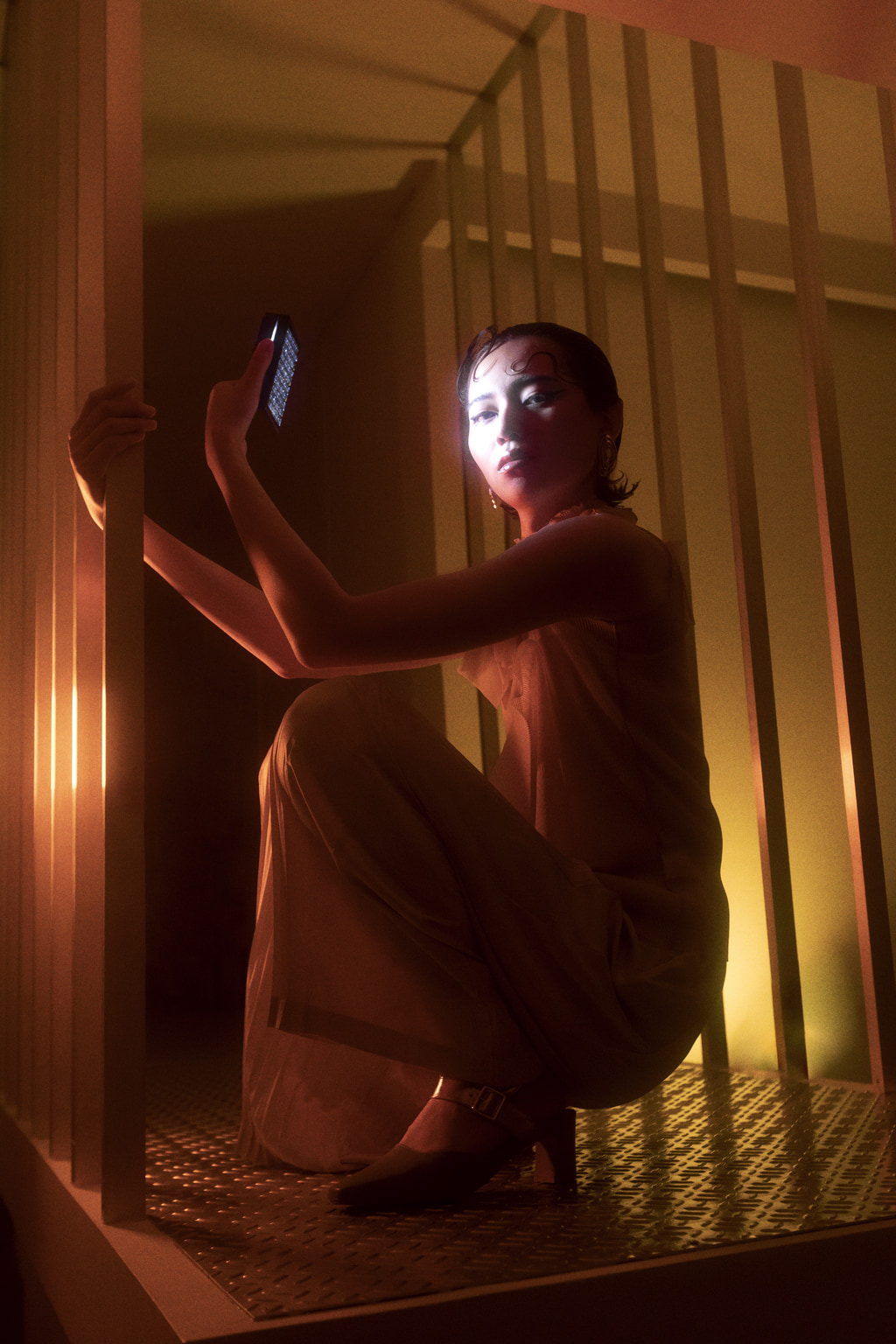
Kaede explains that the term LGBTQ did not exist around her until she was in high school. When her parents bought a computer, she Googled gender, found the blog of a trans person and learned the word “transgender.” “I was so happy – I knew who I was,” she remembers.
After entering Keio University’s graduate program for architectural design, Kaede slowly began the process of transitioning and coming out. The first year was difficult, as she kept starting and stopping her hormone replacement therapy, worried about the outcome. One fall, she returned to school fully dressed as a woman to a supportive class and teacher.
“When I was a high school student, I couldn’t find a role model,” recalls Kaede. “The trans women I saw were comedians, pin-up models and nighttime workers. It’s okay to work those jobs, but it wasn’t what I wanted for my career, and I didn’t see any trans people on TV or in the Miss International Queen pageant I could identify with. So, as a graduate school student, I decided to enter Miss International Queen. I could enter this contest as a Keio student and then younger generations could find a role model for working or studying. When my walking instructor, Steven Haynes, suggested making a documentary, I said, ‘Of course.’ I wanted these opportunities to show who I am.”
The documentary Haynes, Sugioka and Kaede made ended up focusing more on her life beyond the pageant, where the glamor and glitz of show business fell away. Audiences could see the reality of Kaede’s life, her architectural work and her activism in corporate diversity and inclusion. They could also see her complicated and evolving relationship with her family.
Better Buildings and a Better Society
Since You Decide aired, Kaede has moved forward with her activist and architectural careers full force. She continues to give speeches and presentations for LGBTQ inclusion at major companies and even spoke about discrimination in the job-hunting world in a commercial for Pantene.
“Many of my LGBTQ friends couldn’t find work,” Kaede says. “Often, it’s because companies and managers don’t have an image of working LGBTQ people. I want to help create that image.”
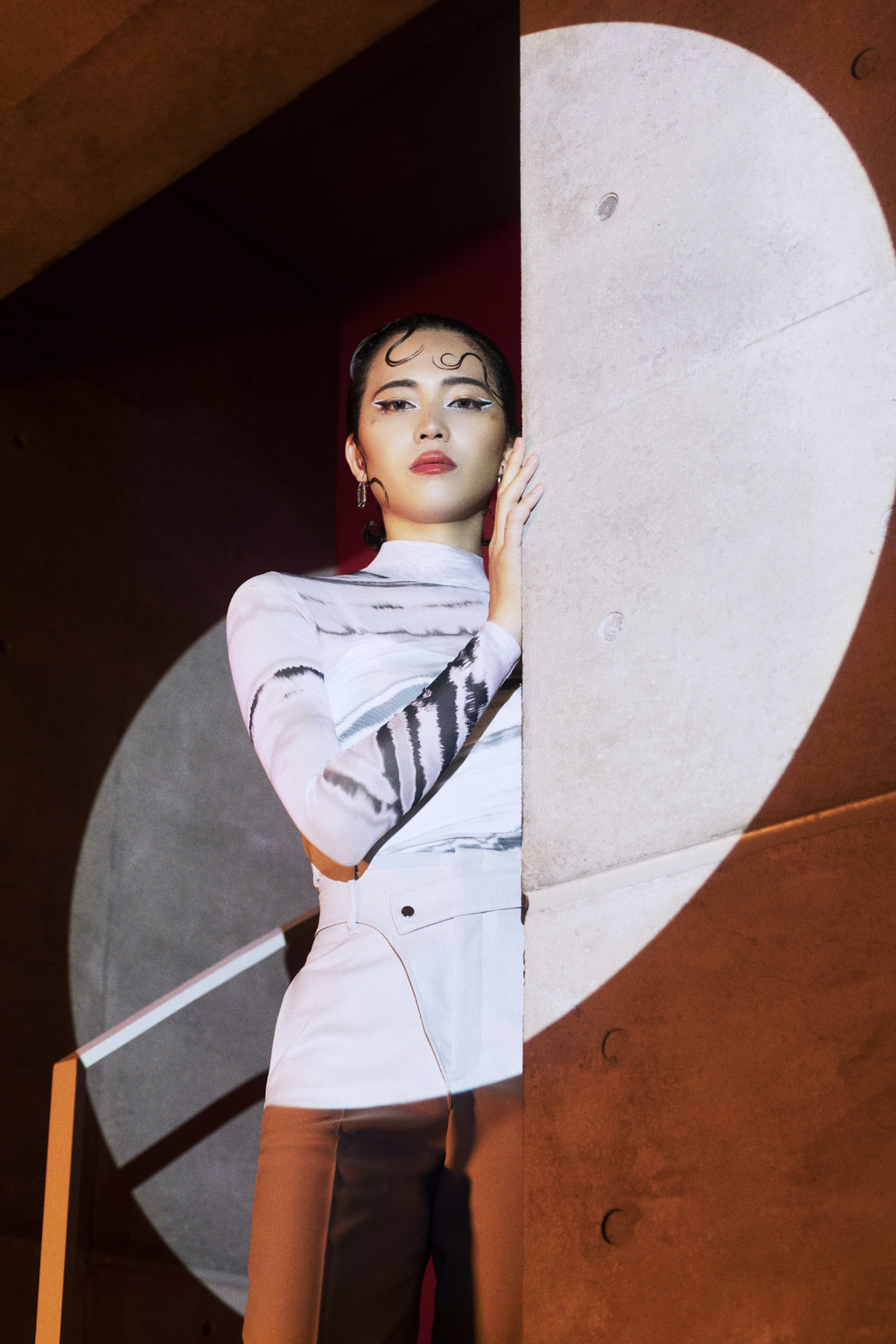
In her role as an architect, consultant and designer at Nikken Sekkei — the oldest and largest architectural firm in Japan — Kaede’s passions for work and activism blend together.
“Nikken Sekkei’s motto is, ‘If the staff is growing, the company is growing,'” says Kaede. “It’s a workplace that encourages us to bring our personal experience and apply it to architecture.”
When Kaede entered Nikken, the company had no specific support or diversity, equity and inclusion (DEI) efforts for LGBTQ people but was supportive of her helping them improve.
“They really encouraged me,” Kaede says. “They knew what they had wasn’t enough and wanted to change for the better. I’ve worked with them since, making a gender study group and a stronger LGBTQ community. The third step will be designing a genderless bathroom.”
This next initiative Kaede calls “The Toilet,” and it goes beyond simply introducing an all-gender bathroom to Nikken’s workplace.
“I’ve designed many buildings these last three years,” she says. “I think a lot about the pictograms that mark each room. There’s a cigarette pictogram for the smoking room, a person walking through a door for exits, a box of people for elevators. Usually, a pictogram shows how you use the room.
“But for bathrooms, the icon is ‘man,’ ‘woman,’ ‘person in a wheelchair,'” continues Kaede. “Strangely, a bathroom pictogram shows who can use the room, not how to use the room. So this was my approach to designing The Toilet: I would rebrand our bathrooms based on activity.”
Kaede giggles as she turns her phone’s camera towards her laptop screen, showing diagrams, charts and logos.
“This is my first time presenting this project in English,” she says. “I gave this presentation earlier to Nikken about the ways we use the bathroom. Of course, we use it for number one and number two, but also for sanitary napkins, brushing our teeth, washing our faces, checking the news. Some people use it for relaxing — some even say they use it for taking a nap. People change their clothes in the bathroom before visiting construction sites.”
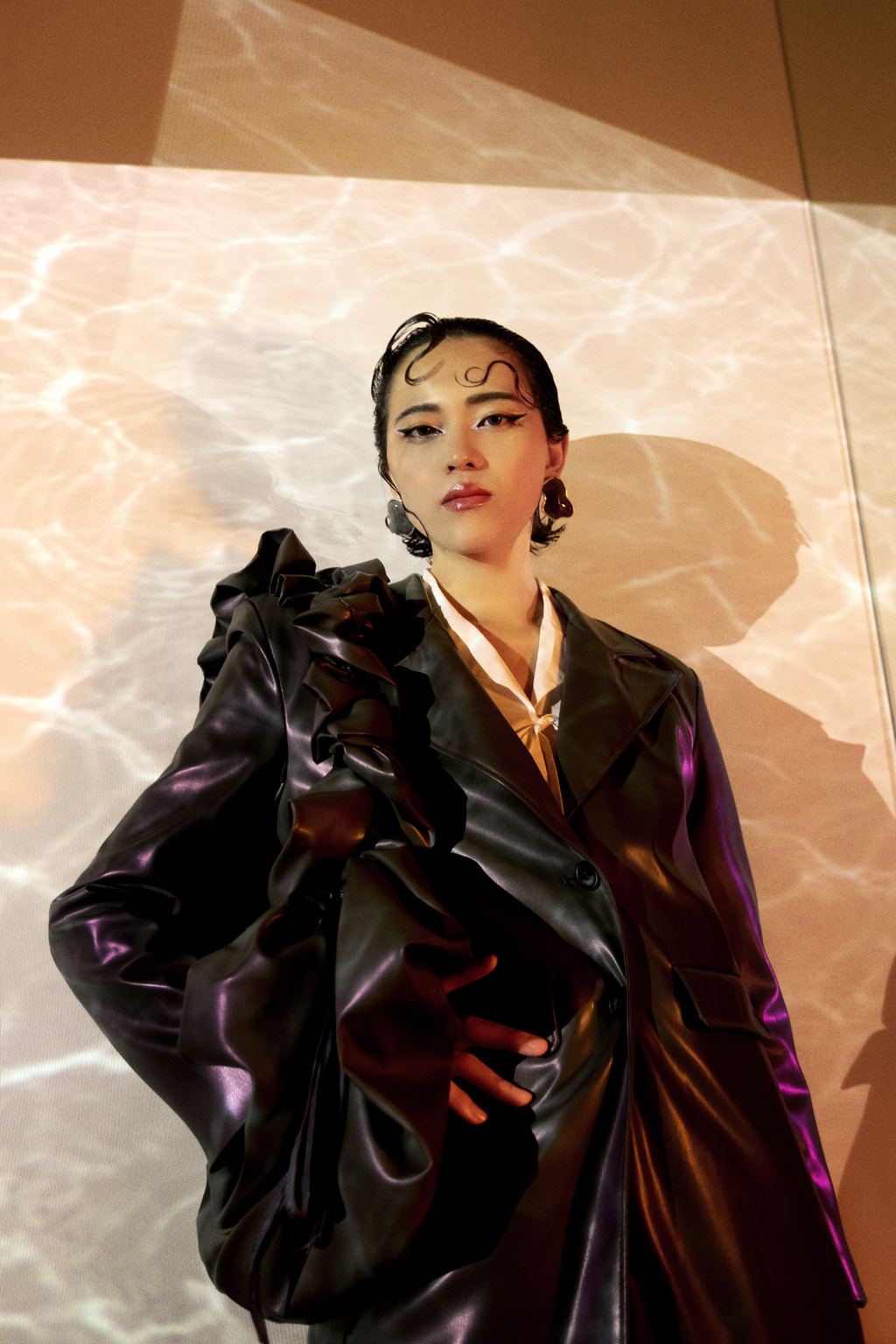
Her final concept for Nikken’s new bathroom is a mixture of pragmatism and theory, featuring an array of four cubicle types — styling, relaxing, refreshing and learning — each designed to optimize the occupant’s toilet experience. In the styling cubicle, for example, the user has a bright mirror, hair dryer outlet and a fold-out platform for changing clothes. The goal of Kaede’s bathroom project is not only to break down the boundaries on who can use the facility, but to interrogate the way we use the space.
The Toilet, she says happily, will debut in Nikken’s headquarters in November.
As Kaede relates, architecture is all about crossing borders and discussing designs with collaborators and stakeholders. And a major building project, like a skyscraper, brings in so many elements — whether or not a material is fair trade and ecological or whether or not rooms are accessible to people with disabilities as well as people of different genders, for example — that there is rich opportunity for progressivism in the field.
“I want to continue to express my activism through architecture and to use my LGBTQ background to inform the skills I bring,” she says.
Protecting Transgender Youth
Kaede is pleased to have found her place in society, where she can live openly as a transgender woman without it defining her as an architect. For most of the LGBTQ community, however, there is still much work to be done to achieve the same stability and security.
“I feel Japan’s laws protecting LGBTQ people are insufficient,” she says. “Society’s understanding of LGBTQ has become much better these last three or four years, and there are rarely attacks against LGBTQ people on the streets. On the surface, it looks like there are no problems, but in truth, they are just hidden. When it comes to job hunting, exams and workplaces, there is still discrimination.”
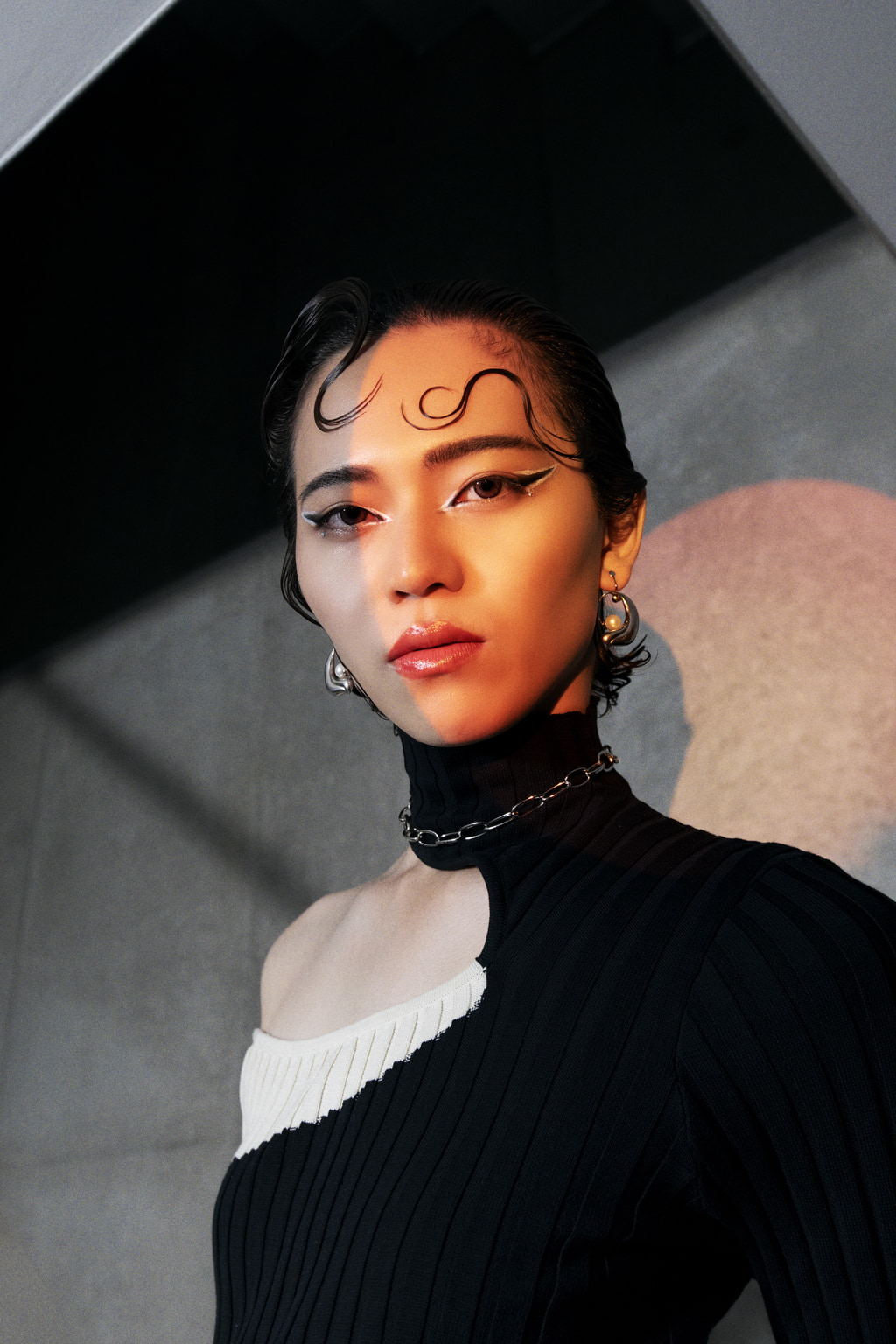
Looking at these from the perspective of workplace wellbeing, Kaede notes that the problems for the LGB and T members are sometimes different. For LGB people, for example, many issues stem from the lack of legalized same-sex marriage: LGB workers are transferred, given lower salaries, or denied certain company housing because they are not married on paper.
“Transgender problems are much deeper, though,” she says. “They’re discriminated against on sight. Jobs like restaurants or taxis are front-facing and rarely hire trans people.”
Furthermore, Kaede worries about larger changes in the LGBTQ community, such as the shrinking of Shinjuku Nichome, Japan’s Gay Town, one of the few physical spaces where transgender people feel safe.
“These days, the LGB can hang out outside of Nichome,” says Kaede. “But transgender people can’t hide their identities as easily. We have our voices and appearances. And that is why Nichome is still needed and why we need to protect it.”
Progressing queer rights is multilayered and Kaede is making a remarkable effort to hit as many layers as she can, from architecture, to corporate culture, to media appearances and outreach. Indeed, her recent appearance on Forbes Japan’s 30 Under 30 2022 list is a testament to her extensive endeavors. The future that Kaede works toward is one with a multitude of streets that queer people can freely follow.
Photos by Solène Ballesta

